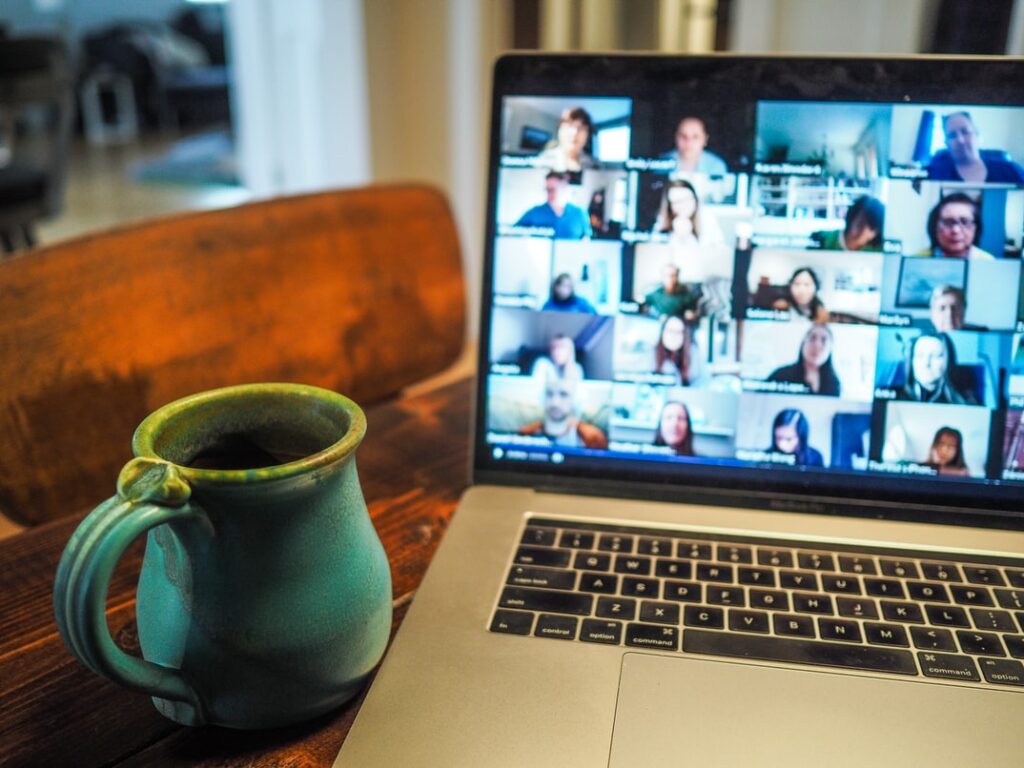Forbes | How To Improve The Workplace In A Post-Pandemic World

Both the form and function of modern work are evolving at a rapid pace.
The pandemic’s seismic effect on the labor market has been felt by virtually everyone. In the early days of the pandemic, a surge of workers lost their jobs. While the unemployment rate has thankfully come down from the April 2020 high of 14.8% to a more manageable 5.4% in July 2021, we aren’t back to our pre-pandemic low of 3.5%. We shouldn’t expect to hit pre-pandemic levels anytime soon — the Delta variant is surging, hospitalizations are rising and over 620,000 lives have been lost in America. Needless to say, the pandemic is not behind us.
For those who have remained employed during the pandemic, workloads, workflows and workdays have all shifted drastically. Roughly a year and a half after many offices switched to remote work, the economy and its workers have adapted to a new normal. The ways we relate to our jobs, and how we fulfill them, will be permanently altered by these transitions.
Not all changes, however, are good. While eight in 10 U.S. workers reported their jobs changing due to the pandemic, half of those people have found it harder to accomplish their tasks. For executives, now is the time to decide which pandemic-related changes to keep and which to nix.
Keep Remote Work And Offer Hybrid Policies
Perhaps the largest, most widely felt change during the pandemic, has been the onset of remote work for large swathes of the economy. At its peak, 70% of surveyed employees were working remotely at least part of the time, according to a survey by Gallup. Not all workers, however, are eager to stay at home forever. Only 26% of U.S. workers surveyed reported a desire to work remotely in a post-pandemic world.
Employee attitudes reflect expert consensus — remote work may not be the best fit for every job. Some 20% of the U.S. workforce could work remotely most of the time just as well as if they were at the office, according to an analysis from McKinsey & Company. Different trades and sectors of the economy will have varying degrees of success with remote work. Even some jobs, like IT support, that primarily interact with computers, could face difficulty setting up and physically repairing hardware if they were to transition to a fully remote work environment.
At American Humane, we are keeping our remote work policy in effect until the pandemic is under control, and we expect to retain flexibility in a post-pandemic world, suiting our policies to empower different jobs and functions.
Improve Communications Between Co-Workers And Managers
Effectively communicating with co-workers is a challenge. By some estimates, less than 10% of face-to-face communication is just about words conveyed. Humans derive an incredible amount of meaning, significance and context from nonverbal cues, such as facial expressions and eye contact, as well as intonation. While video conferencing has mitigated some of these obstacles, many professionals rely heavily on a range of digital communications, like instant messaging, emailing and shared documents.
More than 40% of surveyed workers reported being frustrated when co-workers used the wrong platform for the wrong message, and more than half believe that email can lead to serious miscommunication. To effectively operate, employees need to be on the same page. Organizations, both large and small, should set thought-out standards for digital communication to remove any ambiguity for workers. Clearly define what different channels of communication are for — what constitutes an email and what should be left as an instant message. Additionally, establish basic etiquette protocols to improve efficiency and decrease the likelihood of hurt feelings.
Prioritize Employee Welfare
Sadly, the pandemic has revealed a need for organizations to prioritize worker health and wellness. Just 37% of workers recently surveyed in that Gallup report strongly agreed that their organization cares about their overall well-being. The effects of the pandemic haven’t just been physical — many workers are dealing with the emotional devastation of loss and isolation.
Leaders should step up to the plate and offer resources for employee mental health as well as physical health. Encourage breaks during the workday, offer wellness workshops and connect employees with counseling professionals when needed. No two people will react to the pandemic in exactly the same way, and managers should be cognizant of the struggles the past year and a half have imposed on their employees.
As I write this, I am incredibly thankful for not only the way that American Humane has weathered the ups and downs of the pandemic, but for our employees’ health and wellness. As we move forward to defeating the Delta variant and finding a post-pandemic normal, organizations everywhere should use this opportunity to suit their operations and workplace protocols to their needs.
Robin Ganzert, PhD, is president and CEO of American Humane. She is the author of “Mission Metamorphosis: Leadership for a Humane World.”